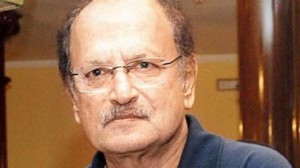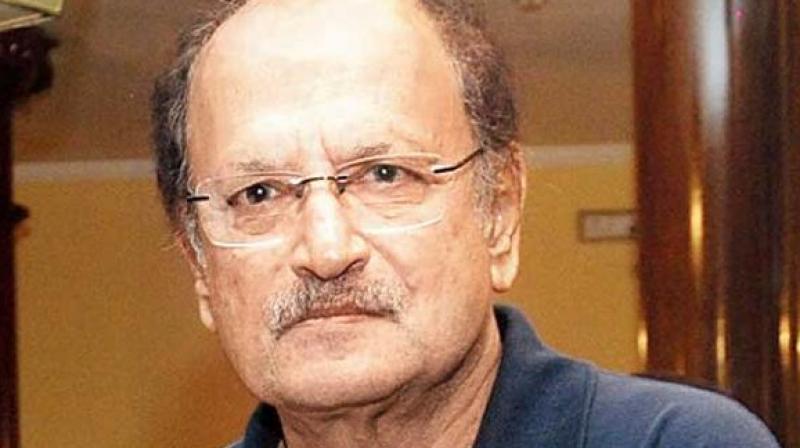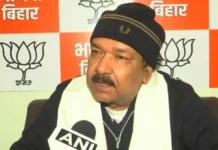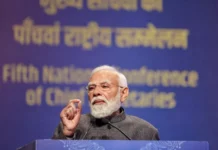 NEW DELHI: If Mansur Ali Khan Pataudi brought princely demeanour to leadership in the swinging 60’s, Ajit Wadekar added a dash of middle-class stubbornness during the heady days of early 70’s. An astute thinker of the game with copybook technique of the famed ‘Bombay School of Batsmanship’, Wadekar was more than just the captain, who led India to twin series victories in England and the West Indies in 1971.
NEW DELHI: If Mansur Ali Khan Pataudi brought princely demeanour to leadership in the swinging 60’s, Ajit Wadekar added a dash of middle-class stubbornness during the heady days of early 70’s. An astute thinker of the game with copybook technique of the famed ‘Bombay School of Batsmanship’, Wadekar was more than just the captain, who led India to twin series victories in England and the West Indies in 1971.
The man, who breathed his last in Mumbai, played just 37 Tests and had only one hundred against his name. But the numbers do not exactly tell the story of a cricketer, who possibly made Indian cricket captaincy a coveted job.
Wadekar epitomized the ‘Khadoos’ nature of Mumbai cricketers. When the late Vijay Merchant handed over the reins to Wadekar, little did anyone expect that an Indian team would be able to compete and win in alien conditions like England and the West Indies.
He was lucky that a genius called Sunil Gavaskar’s arrival coincided with his ascendancy to the hot seat, but he should get the credit for throwing a 21-year-old to the deep end of the pool. Add to it, his decision to form a four-pronged spin quartet with Bishan Singh Bedi, Bhagwat Chandrasekhar, Erapalli Prasanna and Srininvas Venkatraghavan. That attack formed the backbone of the Indian team.
If Gavaskar was the hero in the West Indies, Wadekar unleashed Chandrasekhar on the Englishmen during a time which could be aptly called ‘That 70s show’. Wadekar was a product of times when education was paramount and University cricket produced stalwarts.
His triple hundred in Vizzy Trophy (for West Zone Universities) record was incidentally broken by Gavaskar. He was perhaps the most elegant left-handed Indian batsman to have graced the field before a certain Sourav Ganguly arrived on the scene. Call it the game of glorious uncertainties, Wadekar lost his captaincy after a disastrous England tour of 1974 when India lost 0-3 in Test matches.
Such was the irony that a giant bat erected in Indore commemorating the ’71 win was defaced and his house in Mumbai was stoned. Wadekar retired from cricket and concentrated on his banking career. He reached the top position in State Bank of India and in 1992, was summoned to take over as manager of an underperforming Indian team and a low-on-confidence skipper Mohammed Azharuddin. In the next four years, India was unbeatable at home with Wadekar unleashing three young spinners – Anil Kumble, Rajesh Chauhan and Venkatpathy Raju – on the visiting teams.
It was an instant success formula. He had a brilliant sense of humor but knew when to crack the whip. A former India captain was seen endorsing a shoe brand during a practice session of the Indian team. Wadekar saw it and did not say a word. The legend has it, he called the senior fast bowler and told him, and ‘You know I once made a batsman called Sunil Gavaskar open the bowling for India as captain. Hope you do not want that I make Tendulkar open the bowling instead of you”.
His father’s name was L B Wadekar and he would often say, “Mere toh naam mein hi LBW hain”. With his demise, Indian cricket has lost one of its finest cricket brains, a statesman and raconteur. PTI






